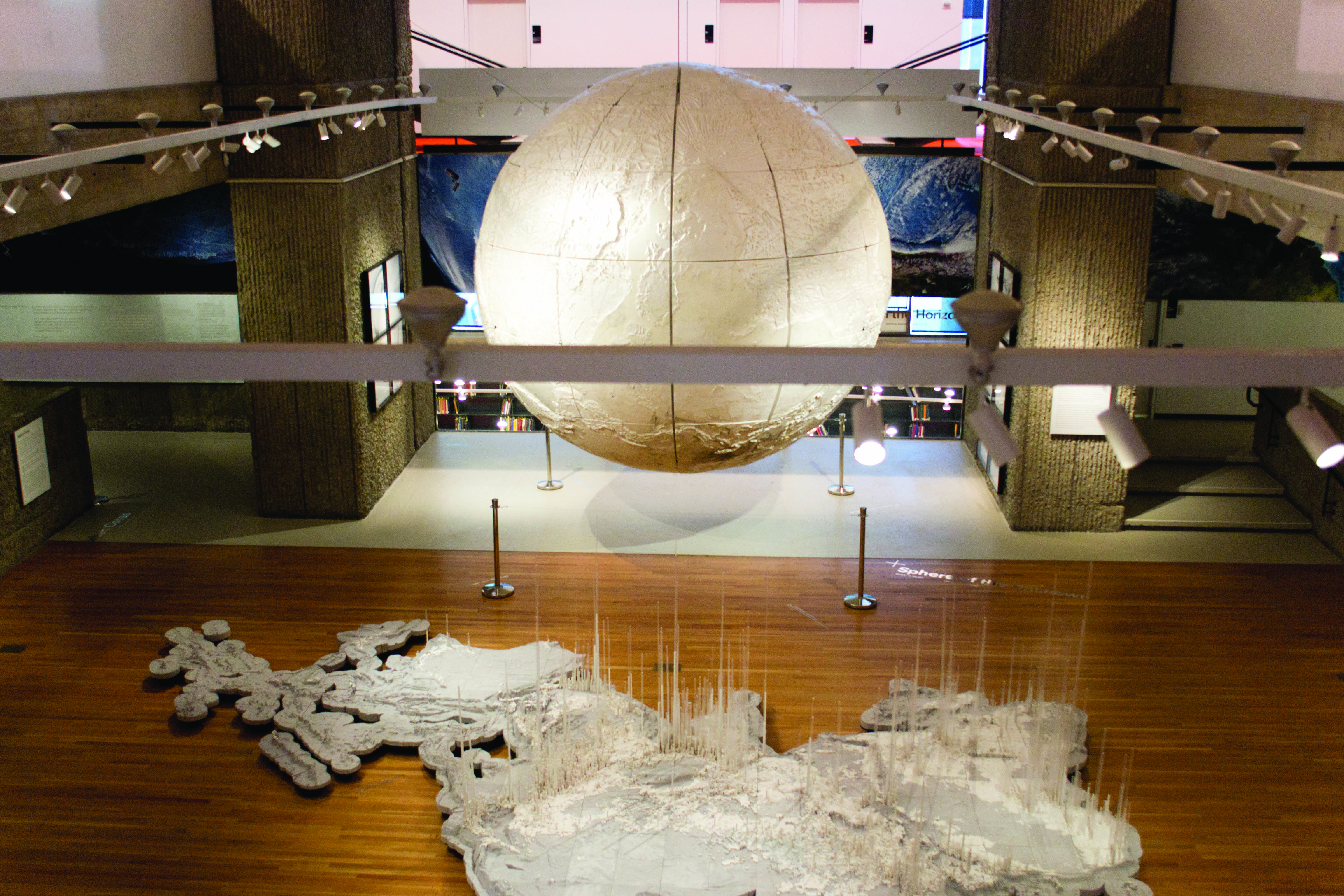
This past weekend, the Yale School of Architecture hosted some impressive guests — the first American woman to walk in space, the dean of the Massachusetts Institute of Technology’s School of Architecture and a Belarusian economist — for a conference discussing humanity’s impact on the world.
Beginning Thursday and ending Saturday evening, “A Constructed World” — a symposium organized by Architecture Director of Undergraduate Studies Bimal Mendis ’98 ARC ’02 and School of Architecture Critic Joyce Hsiang ’99 ARC ’03 — brought together leading voices in subjects ranging from anthropology and geography to art history and philosophy. Through a series of six panels framed around different “terms of construction” — such as surveys, demolition, excavation, scaffolding, framing and assemblies — the event explored the physical and conceptual development of the modern world. The symposium is complemented by “The City of 7 Billion,” an exhibition on display in the School of Architecture’s second-floor gallery. Mendis said the symposium’s goal was to portray a material representation of global urbanization.
“The city itself is no longer contained but spreads out into the landscape and what was known as the countryside,” Mendis said. “It’s the idea that the city is something bigger than itself because its tentacles reach out into the environment.”
Each panel featured three speakers and one moderator, who discussed the panel’s topic in relation to human activity across continental and political borders. School of Architecture professor Elihu Rubin ’99, who moderated the “Demolition” panel, highlighted the theme of transnationality, explaining that he thinks the notion of an “urban area” of earth should be extended to include networks of communications as well as intercontinental trade. He added that he believes the symposium was successful in prompting consideration of humanity’s global impact.
Similarly, Neil Brenner ’91, director of the Harvard Graduate School of Design’s Urban Theory Lab and speaker at the symposium’s “Framing” panel, said speakers were asked to reflect on ways to envision the planet as an urbanized space. He added that the conference very productively engaged with the question of how cities and urbanization are transforming the contemporary world.
“The challenges confronting us in this age, the very things that prompted this conference, stem from failing to take proper account of the natural world — earth’s dynamic systems — in the construction of our ‘human world,’” Kathryn Sullivan, the first American woman to walk in space and the acting administrator of the National Oceanic and Atmospheric Administration, said in an email to the News. “If ‘The City of 7 Billion’ is to have a resilient and sustainable future, we must fully integrate natural capital and ecosystem services into economic and social decision-making.”
Both Mendis and Hsiang said one of their favorite parts of the symposium was its closing address, given by MIT School of Architecture Dean Hashim Sarkis. Hsiang said she was inspired by how Sarkis was able to weave together all of the conference’s underlying themes into a cohesive whole that related to architecture. In his closing address, Sarkis highlighted the work of architects such as Le Corbusier and Mies van der Rohe, alongside concepts like the horizon line and quotations from Shakespeare’s “Hamlet.”
“I thought [his closing address] was something we could all understand and very much in the spirit of the symposium,” Hsiang said. “It was inspirational and reminds us how we all need to be speaking to one another.”







